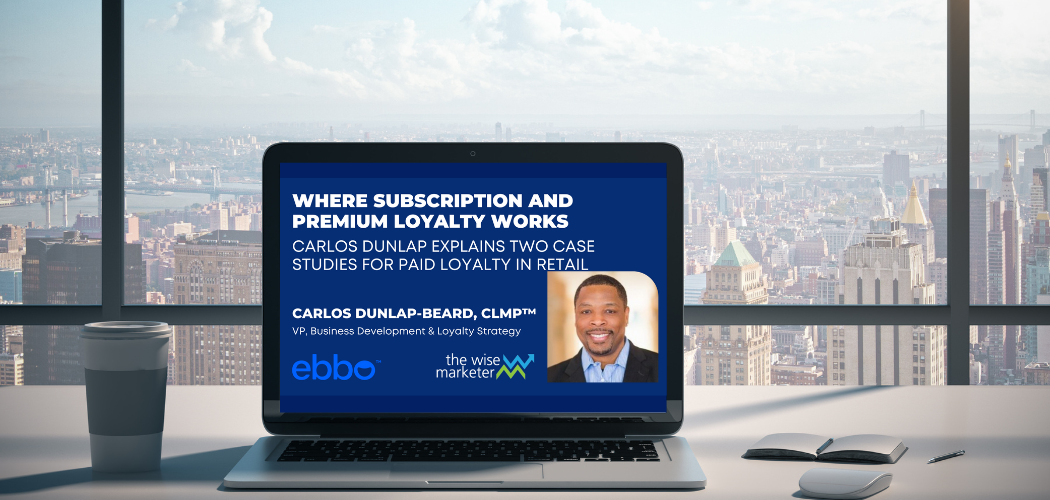This week in the UK, Amazon’s devoted team of observers will note its continuing dominance over everything from groceries to yoga mats; and, as it ties Morrisons into extending its same day delivery partnership.
The grocery giant is now wholly reliant on Amazon if it is to continue to compete on the delivery front. Morrisons will become a retailer on Amazon’s Prime Now website and app and continues as a wholesaler to Amazon’s other UK grocery customers as per the “Morrisons at Amazon” agreement three years ago.
The message is clear: Trying to beat Amazon at its own game is futile. Brands need to play differently to survive now that it has captured the minds and wallets, if not the hearts, of such a significant chunk of the market.
Chinks in the armour
Shoppers are now heavily dependent on Amazon for many of their daily buys, and this together with the forever-logged-in, quick-and-easy shopping spree Amazon provides is a factor smaller brands just can’t compete with.
So much focus is on Amazon’s dominance that these smaller brands sometimes neglect to see what weaknesses this brings, and how they can exploit the cracks to their gain. For example, popular opinion increasingly questions whether the ubiquitous marketplace really does increase consumer choice.
Privacy and antitrust provisions have also dimmed Amazon’s halo a little, as the public slowly grows to understand how much power (read: data) it really holds.
This means the product recommendations Amazon has become famous for, once a handy bar at the bottom of the page, are viewed with a jaded eye, especially when not completely relevant to the individual. Shoppers understand much more now about how these work, and know Amazon is pulling from previous, unrelated searches, and even data exchanges between third-party providers.
Also Read: What Makes a Brand “Patriotic” and Customers “Loyal”?
Here we have an opportunity for smaller brands to personalise the process through introducing good friction. Acknowledge the point in the shopping journey where the customer is asked for personal data; be declarative about the value the customer will see in return. Adding good friction at the right moment is a memorable value add and shoppers have long accepted it is happening and simply want to know, “what’s in it for me?”
Offering a uniquely tailored experience to each customer means the monopoly held by Amazon becomes less and less of a comparison point to what they do. Think Etsy, which provides a platform for small-scale artisans and designers.
Opting to go a different route, either in brand identity or the business itself, is the recipe for success here.
Recognition of the individual is reflected right back
The best experiences are achieved when each customer is seen as an individual in the eyes of the brand, rather than a rough segment thrown together by a Marketing department.
When today’s digitally savvy shopper is overloaded with choice and price, and delivery offers are two-a-penny, what sets brands continuously aside today is customer experience.
Hyper-Personalization is the next brave step in experience personalisation, and the only one that truly gives customers with the experience they expect in search, recommendations, email, and offers.
We see this proven in physical stores, which are installing increasingly innovative experiences into their retail spaces. Coffee and blow-dry bars, monogram sewing and alterations, DJs and indoor greenhouse environments, have all made their way onto the high street to give customers more than some racks and a till when they go to browse and buy.
The online shopping experience need be no different, matching the brand identity of in-store. It is much easier for smaller brands to do this. Not least because they likely have physical retail space, which they can align with additional touch points including app and branded website to create opportunities for customers to meet and recognise the brand again.
When customers have the same familiar brand experience across these touchpoints, both brand and customer recognise each other.
Achieving brand loyalty through personalisation is not the same as what Amazon is doing. Smaller retailers have distinct advantages in being much more targeted about how they communicate with customers, and when.
Customer experience is much more than simply buying, and hyper-personalization is critical in bringing together customer intent, motivation, recognition and value, to recognise the customer as much more than a segment.
It’s true that Amazon is way past needing hyper-personalization to attract and retain customers, but for smaller, specialist brands, the audience is different and so is the business. Customers demand to be seen, recognized, and inspired.
Raj Badarinath is VP Ecosystem at RichRelevance
Photo by Bryan Angelo




